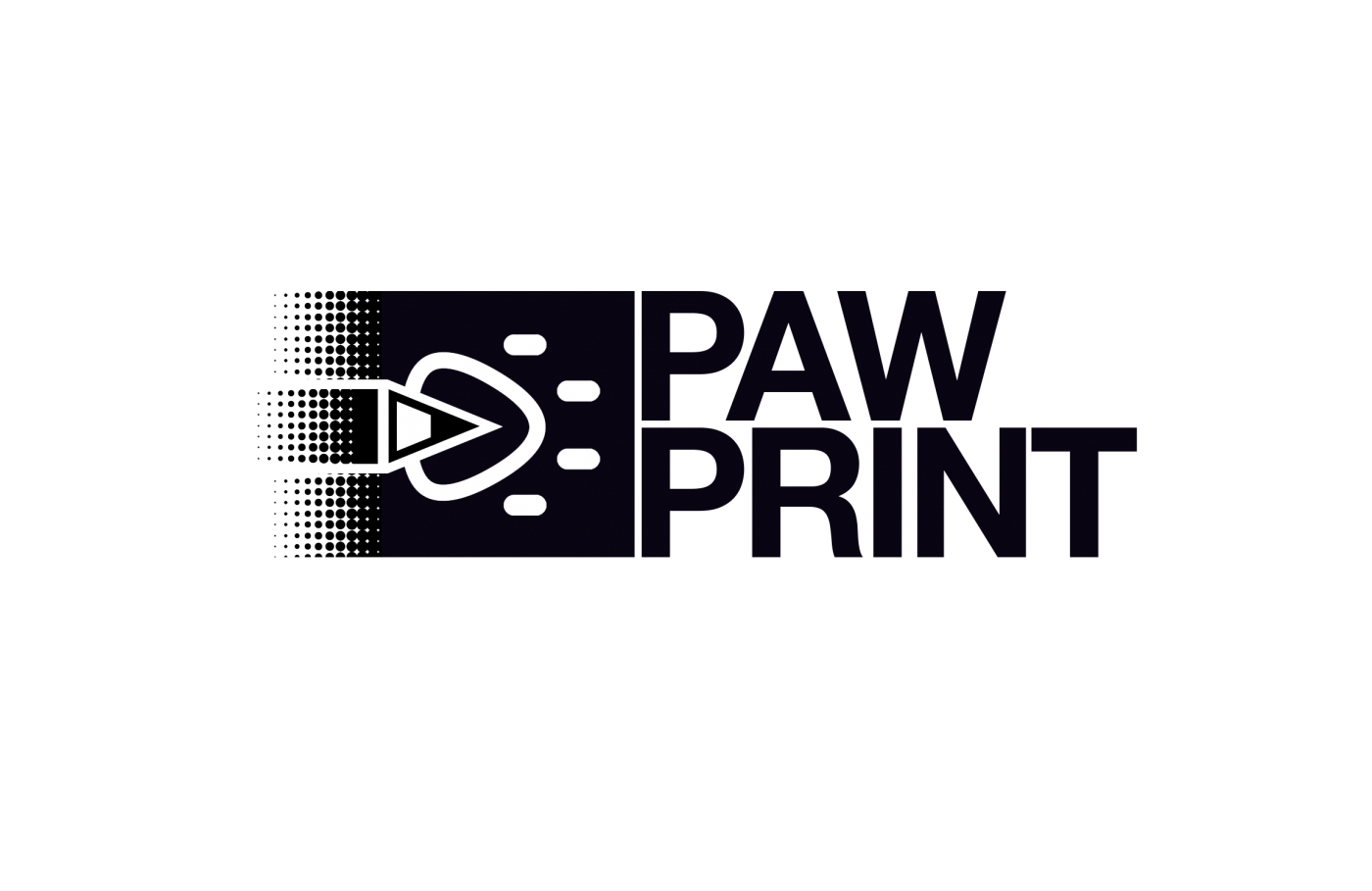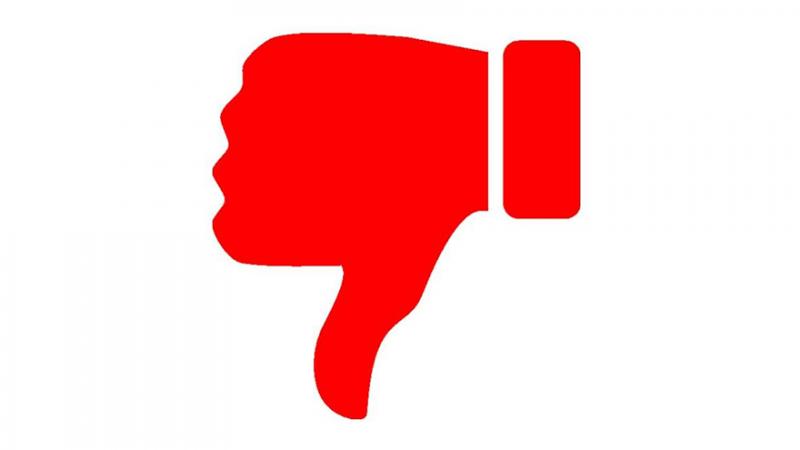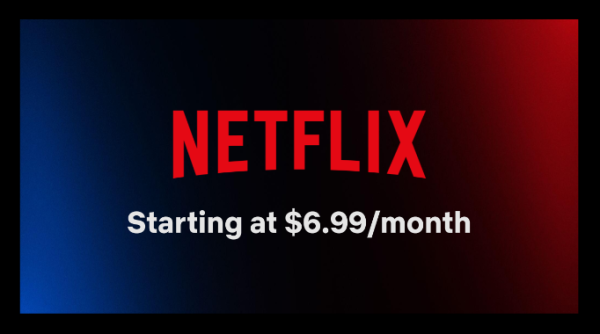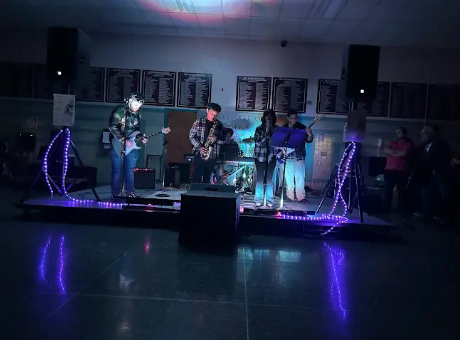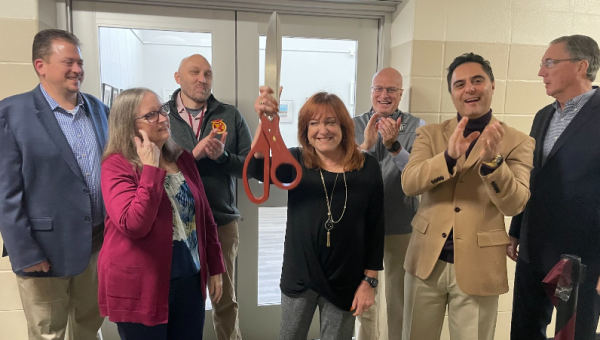Youtube’s Removal of Dislikes Makes Zero Sense
In November of 2021, YouTube announced they will make the decision to remove the dislike count off of their platform. While the dislike button itself will remain, viewers won’t be able to see the number of dislikes, only the creator who made that video. This decision was not taken very well by the majority of people—and there are a lot of reasons for that. Here’s why YouTube’s removal of dislikes makes absolutely zero sense.
The most obvious reason as to why this was a bad call is why dislikes existed in the first place—to show whether the video is quality, and worth your time. For example, let’s say you’re looking for a tutorial. With a dislike count, a person could see whether that video gives helpful instructions if there are an outstanding number of likes over dislikes. If you see a video that has a lot more dislikes, you can easily tell that the instructions are poor and unhelpful. But if you can’t see the dislikes, it’s a lot harder to know if what you’re watching is actually legitimate. You could argue that you can figure it out from the comment section, but creators can just remove any negative comments they want, or just disable comments in general.
Another problem is that it gives less of a voice to small creators—and more power to big corporations. YouTube claims to make this decision to stop targeted harassment against small creators. But if creators can still see their own dislike count, then what’s the point of that? What this decision really does is give more power to the big corporations who are now easily able to avoid actual valid criticism. Most people speculate that this is the real reason YouTube made this decision—the reason that they won’t admit to us. It’s about advertisers and money. They’re using the protection of small creators as an excuse to justify their decision.
Ryan Rowe, a senior at Walt Whitman believes, “There was no good reason to get rid of them. Yes, the creator still sees but the audience not being able to see to make decisions about what they watch I find stupid. So I don’t like it.” Jason Parada, a senior agrees, “I think the reason for the decision is too minimal, and by hiding dislikes, it makes it harder to actually express your opinion since comments can also be turned off on videos that are harmful.”
YouTube talks a big game about “giving people a voice,” but in reality, it’s the exact opposite of what they’re doing.

